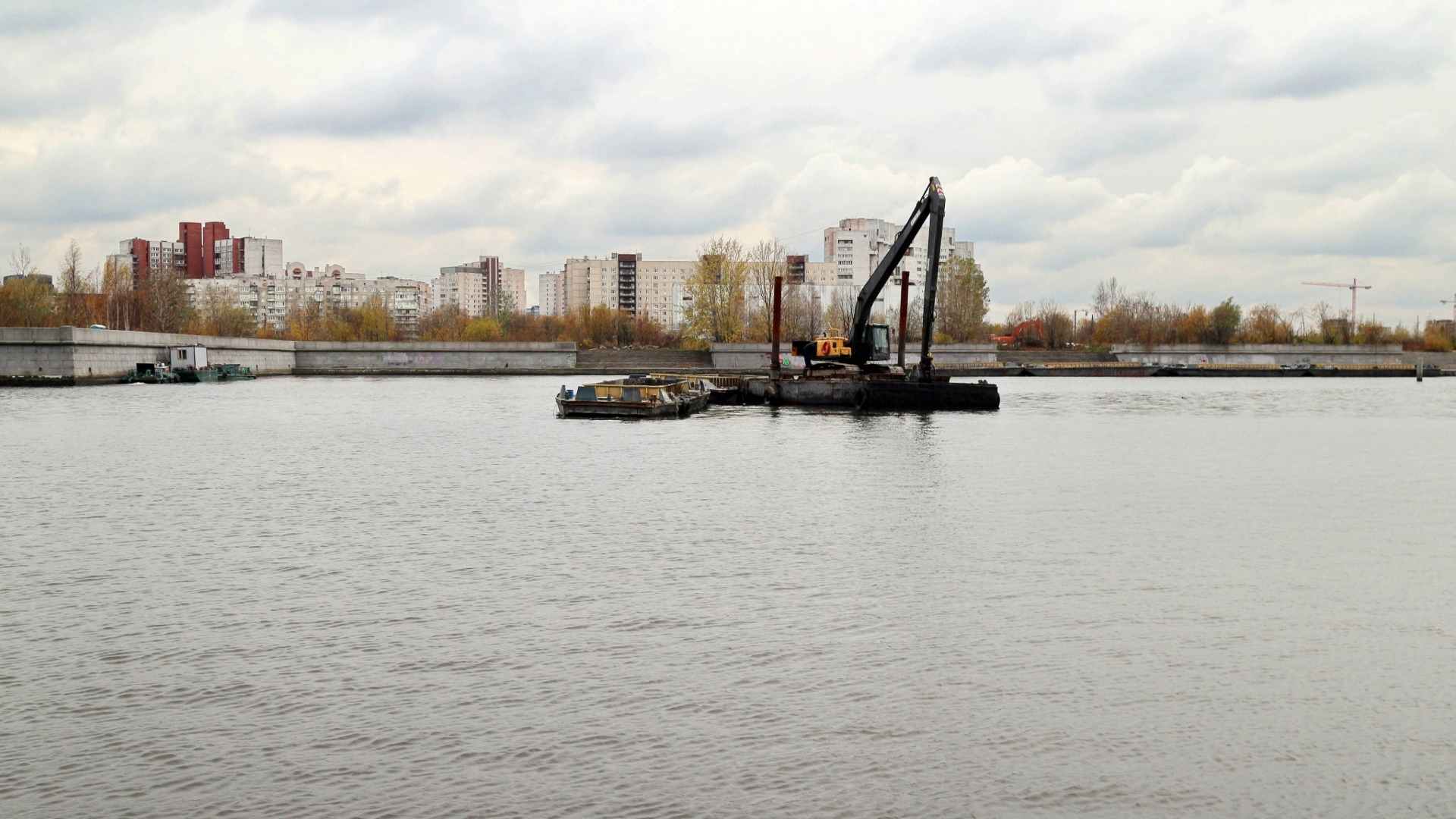Introduction
The province of Pangasinan in the Philippines experiences recurring flooding that disrupts communities, damages infrastructure, and threatens the livelihoods of its residents. One proposed long-term solution is river dredging, a process that involves removing accumulated silt, sand, and debris from riverbeds to restore their natural depth and improve water flow. By implementing a coordinated, province-wide dredging program, Pangasinan aims to reduce flood risks, enhance its drainage capacity, and protect its residents from future disasters.
Why Flooding Persists in Pangasinan
Pangasinan’s geography makes it vulnerable to heavy rainfall, typhoons, and river overflow. Over time, rivers in the province have become heavily silted, meaning sediments have accumulated, narrowing channels and reducing their capacity to carry water during storms. When rivers cannot accommodate excess rainfall, surrounding areas quickly flood.
Urban development has also increased impermeable surfaces, limiting the natural absorption of rainwater. Combined with outdated drainage infrastructure, these factors make flooding a recurrent and costly challenge for local governments.
How River Dredging Works
River dredging is the mechanical excavation of sediments from the bottom and sides of waterways. Specialized dredging equipment removes layers of mud, sand, and other materials that have accumulated over the course of decades. The process deepens the river channel, enabling it to hold more water and reducing the chance of overflow during heavy rains.
Key steps in a typical dredging operation include:
- Surveying and Planning: Engineers determine which sections of rivers need dredging, measure sediment thickness, and assess the environmental impacts.
- Mobilization of Equipment: Depending on river size, dredging can use cutter suction dredgers, backhoes, or amphibious excavators.
- Sediment Removal and Transport: Dredged materials are moved to designated disposal or reclamation sites.
- Monitoring and Maintenance: After dredging, river conditions are regularly checked to prevent re-siltation.
Benefits of Large-Scale Dredging
Implementing a systematic dredging program can deliver several long-term benefits:
- Flood Mitigation: Deepened river channels can carry larger volumes of water, reducing the likelihood of flooding.
- Improved Drainage: Clearer waterways help prevent blockages that can cause localized urban flooding.
- Protection of Agricultural Areas: Many parts of Pangasinan rely on farming; dredging protects crops from being submerged during storms.
- Economic Stability: By minimizing flood damage to roads, bridges, and homes, dredging helps reduce disaster recovery costs.
Government Initiatives and DAO 7
Pangasinan Governor Ramon V. Guico III has called for a comprehensive, province-wide dredging plan aligned with the Department of Environment and Natural Resources’ (DENR) Administrative Order No. 2020-07 (DAO 7). This regulation establishes standards for dredging activities, ensuring they are conducted in an environmentally compliant manner and properly managed.
Under DAO 7, dredging proponents may undertake projects at no cost to the provincial government. In some cases, contractors even pay the province for the right to remove sediments, which may be repurposed for construction or land reclamation.
The provincial leadership is also advocating for:
- Creation of a Dedicated Task Force: A proposed ordinance would establish a unit focused solely on flood mitigation and river rehabilitation.
- Coordination with Local and Regional Leaders: Ensuring that dredging extends beyond isolated towns to encompass entire river systems.
- Long-Term Infrastructure Planning: Combining dredging with new pumping stations, retention ponds, and improved drainage networks.
Environmental Considerations
While river dredging offers clear benefits, it must be conducted responsibly to prevent harm to ecosystems. Excessive or poorly planned dredging can disrupt aquatic habitats, impact fish populations, and lead to erosion. Therefore, projects must include:
- Environmental impact assessments (EIA)
- Sediment quality testing to avoid contamination risks
- Strategies to manage and dispose of dredged material safely
By following these guidelines, Pangasinan can achieve a balance between flood control and ecological preservation.
A Step Toward Long-Term Resilience
River dredging is not a one-time fix; it is part of a larger flood management strategy. Without regular maintenance, rivers will eventually fill with silt again. Additionally, dredging must be combined with reforestation, watershed management, and sustainable land use policies to prevent future sedimentation.
For Pangasinan, investing in dredging now could save millions in disaster recovery costs in the future. By restoring river capacity, improving drainage systems, and strengthening flood defenses, the province can protect its people, economy, and environment.
